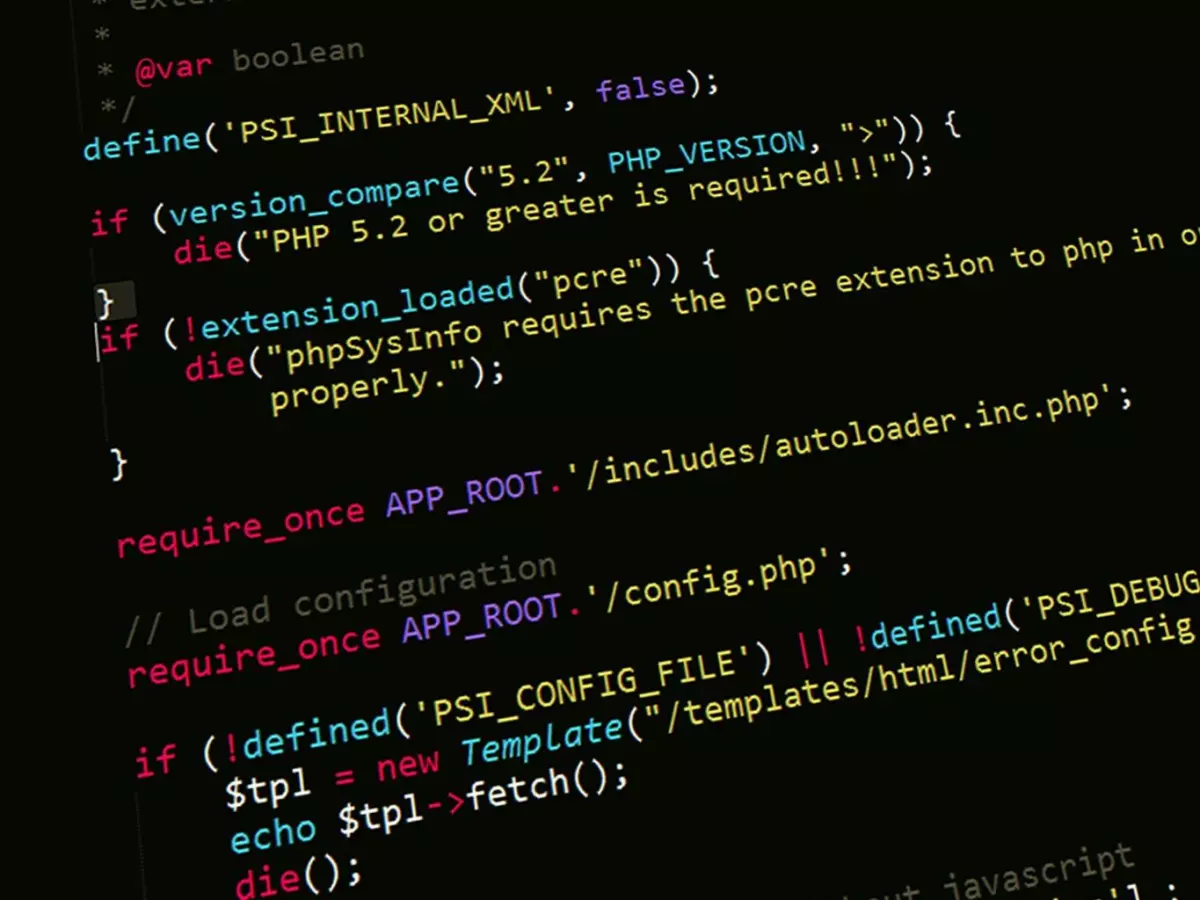Monoliths vs. Microservices
“The greatest enemy of knowledge is not ignorance, it is the illusion of knowledge.” – Stephen Hawking

By Dylan Cooper
Monolithic architecture and microservices are like the Batman and Superman of the software development world. One is the old guard, reliable and strong, while the other is the new kid on the block, flashy and agile. But just like in the movies, the debate over which is better is far from settled.
While microservices have been hailed as the future of software development, monolithic architecture has quietly held its ground. The question is, why? Why are some developers still choosing monoliths when microservices seem to be the shiny new toy everyone’s talking about? Let’s break it down.
Monoliths: The Underdog with a Punch
Monolithic architecture is often seen as the dinosaur of software development. It's been around forever, and many argue that it's outdated. But here's the thing: monoliths are simple. They’re easy to develop, deploy, and maintain—especially for smaller teams or projects. Everything is contained in one codebase, which can make debugging and testing a lot easier.
In contrast, microservices break down an application into smaller, independent services. This sounds great in theory, but it comes with its own set of challenges. Managing multiple services means more complexity, more communication between services, and more potential points of failure. If you're not careful, you can end up with a distributed mess that’s harder to manage than a monolith ever was.
When Monoliths Make Sense
So, when does it make sense to stick with a monolith? For starters, if you're working on a small to medium-sized project, a monolith might be the way to go. It’s faster to develop and easier to manage, especially if you don’t have a huge team of developers. Plus, you don’t have to worry about the overhead of managing multiple services.
Monoliths also make sense when you need to move quickly. If you’re in the early stages of a project and need to get something up and running fast, a monolith can help you do that. You can always break it down into microservices later if the need arises.
Microservices: The Hype and the Reality
Don’t get me wrong—microservices have their place. They’re great for large, complex applications where different parts of the system need to scale independently. They also allow for more flexibility in terms of technology choices. You can use different programming languages or frameworks for different services, which can be a big advantage in some cases.
But here’s the catch: microservices are not a silver bullet. They come with a lot of overhead, both in terms of development and operations. You need to have a solid infrastructure in place to manage all those services, and that can be a big investment, both in terms of time and money. If you don’t have the resources to do it right, you might end up with a system that’s more fragile than a monolith.
The Hybrid Approach
So, what’s the solution? For many teams, the answer lies somewhere in the middle. A hybrid approach, where you start with a monolith and gradually break it down into microservices as your application grows, can give you the best of both worlds. You get the simplicity of a monolith in the early stages of development, and the flexibility of microservices as your application scales.
This approach allows you to avoid the complexity of microservices until you really need it. It also gives you the opportunity to refactor your code as you go, rather than trying to build a complex system from the ground up.
Final Thoughts
At the end of the day, there’s no one-size-fits-all solution when it comes to software architecture. Monoliths and microservices each have their strengths and weaknesses, and the right choice depends on your specific project and team. But don’t be too quick to write off monolithic architecture as outdated. In many cases, it’s still the best option—especially if you’re working on a smaller project or need to move quickly.
Here’s a little anecdote to wrap things up: A friend of mine once started a project with microservices because, well, that’s what everyone was doing. A year later, they were drowning in complexity and decided to refactor back into a monolith. The lesson? Sometimes, the old ways are still the best ways.





